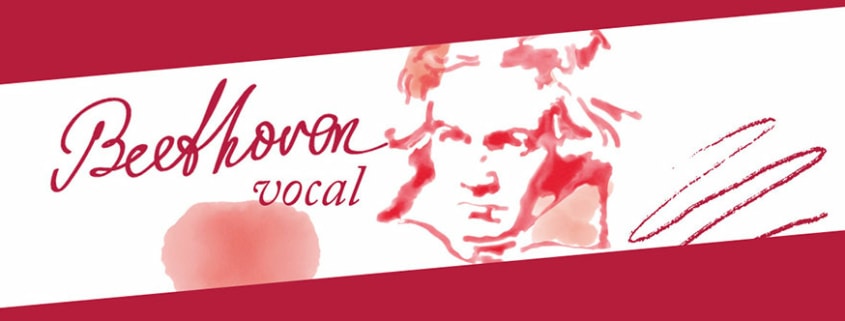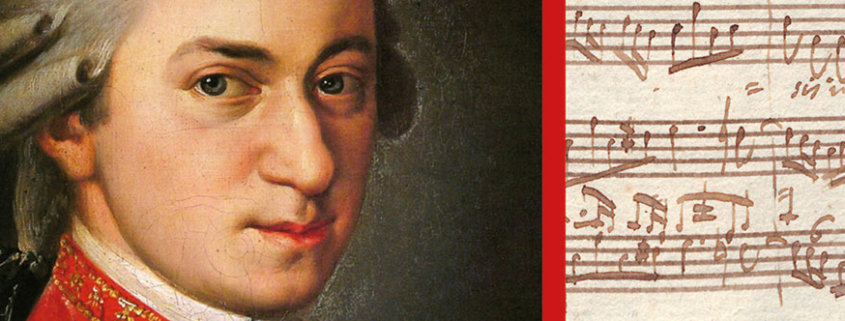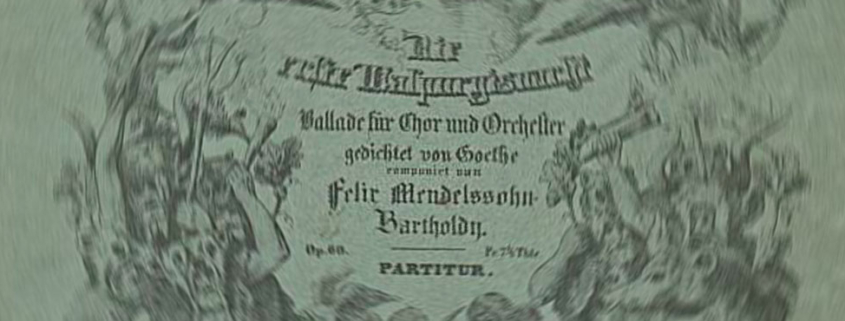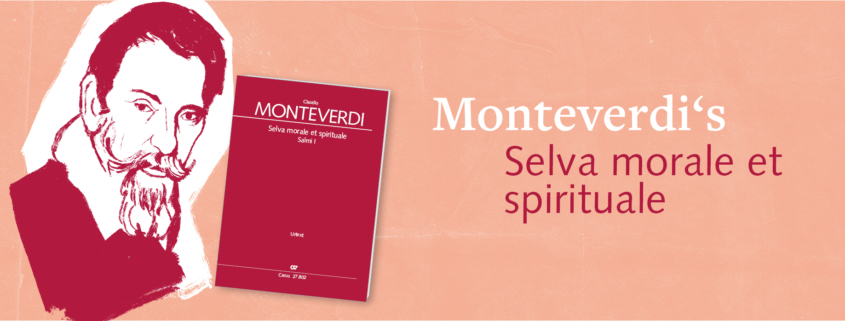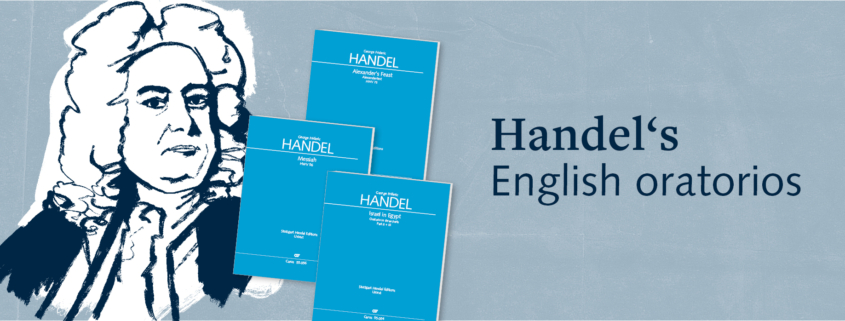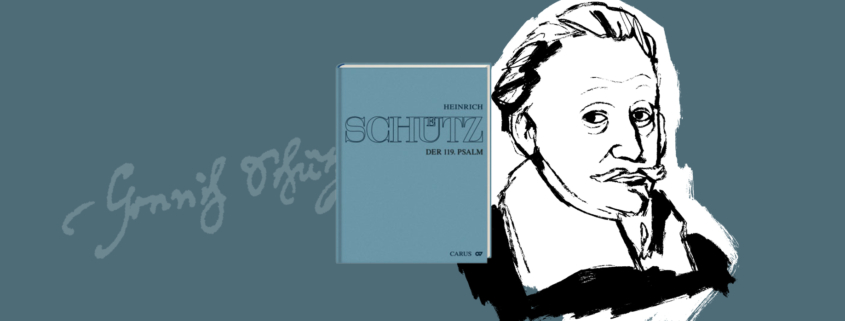Beethoven’s instrumental works with text settings
The “Moonlight Sonata” sung as a “Kyrie”, the slow movement from Beethoven’s 7th Symphony as a “Persian Nocturne” for choir – these vocal interpretations of Beethoven’s instrumental works may surprise you, but they will also convince. A tradition of arranging, incidentally, which was already well-established in Beethoven’s time. And every now and then, these arrangements for choir also reveal aspects of the compositions which were previously hidden.

